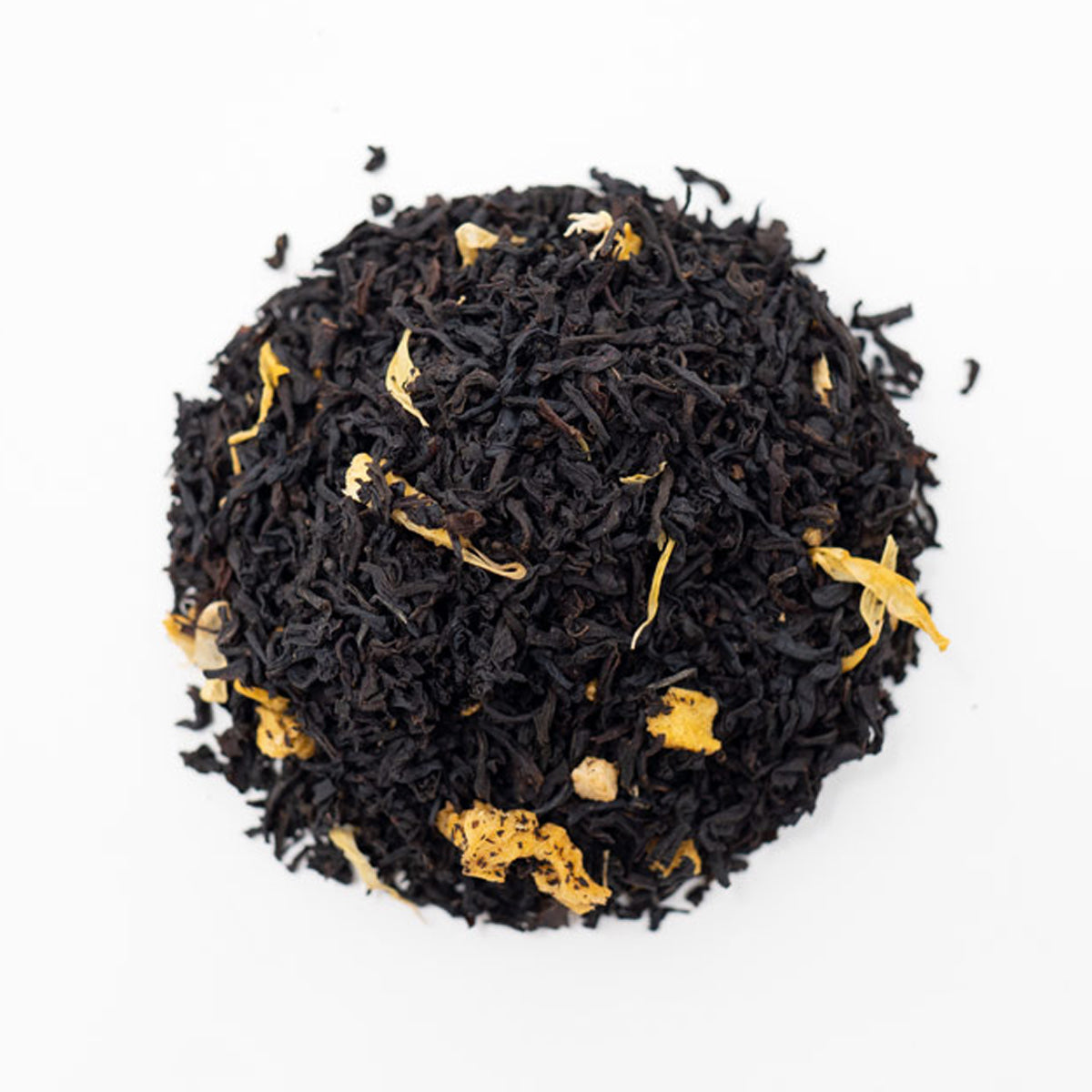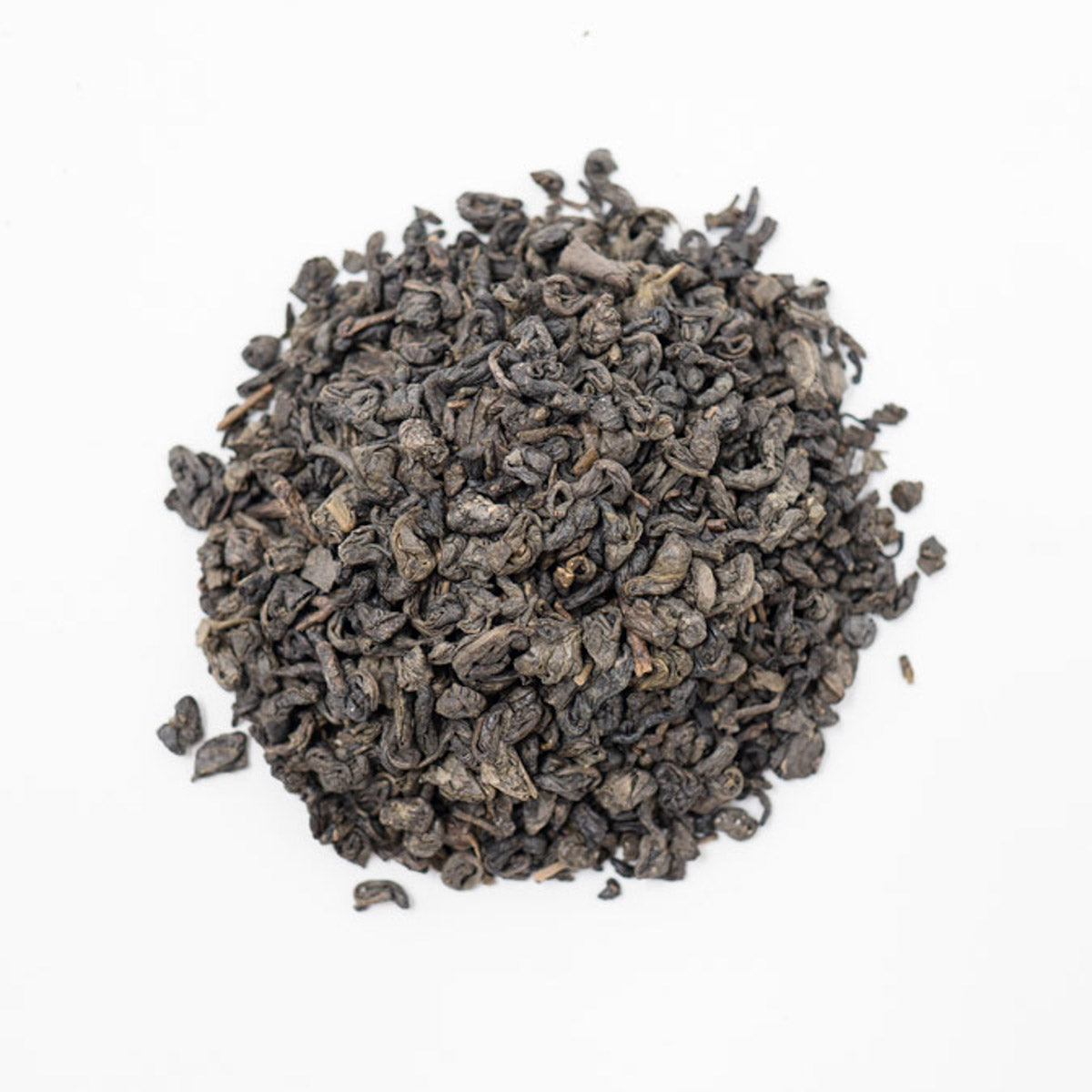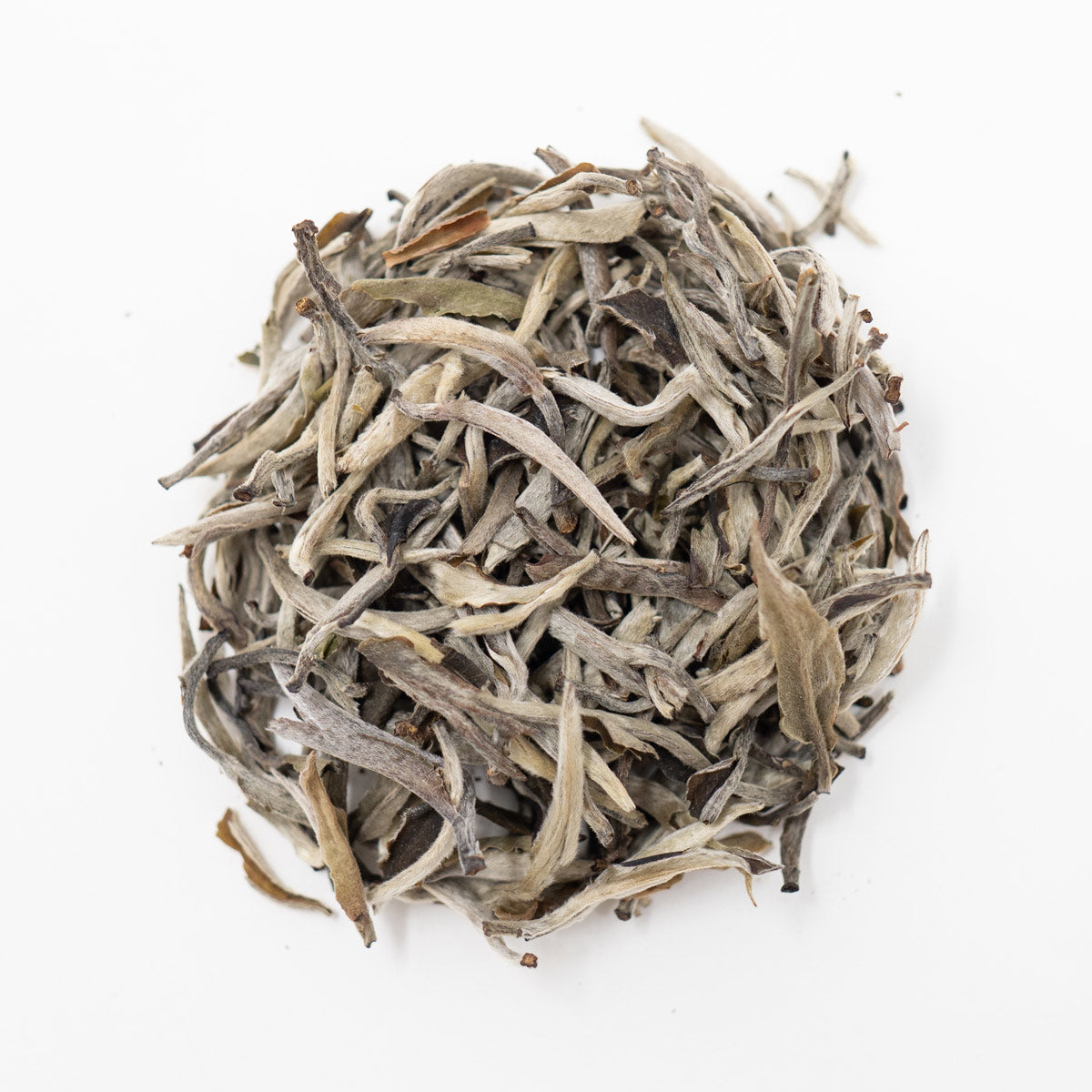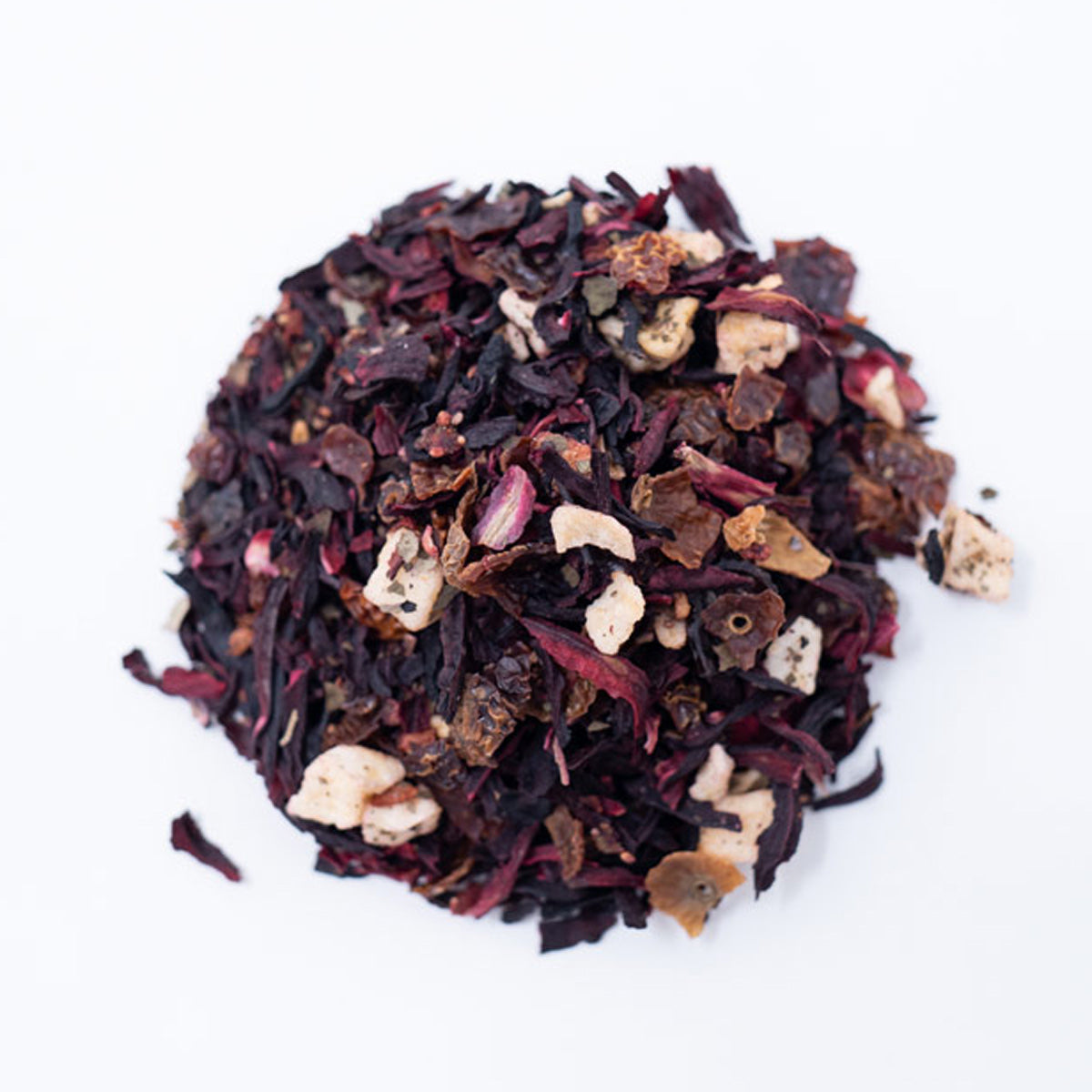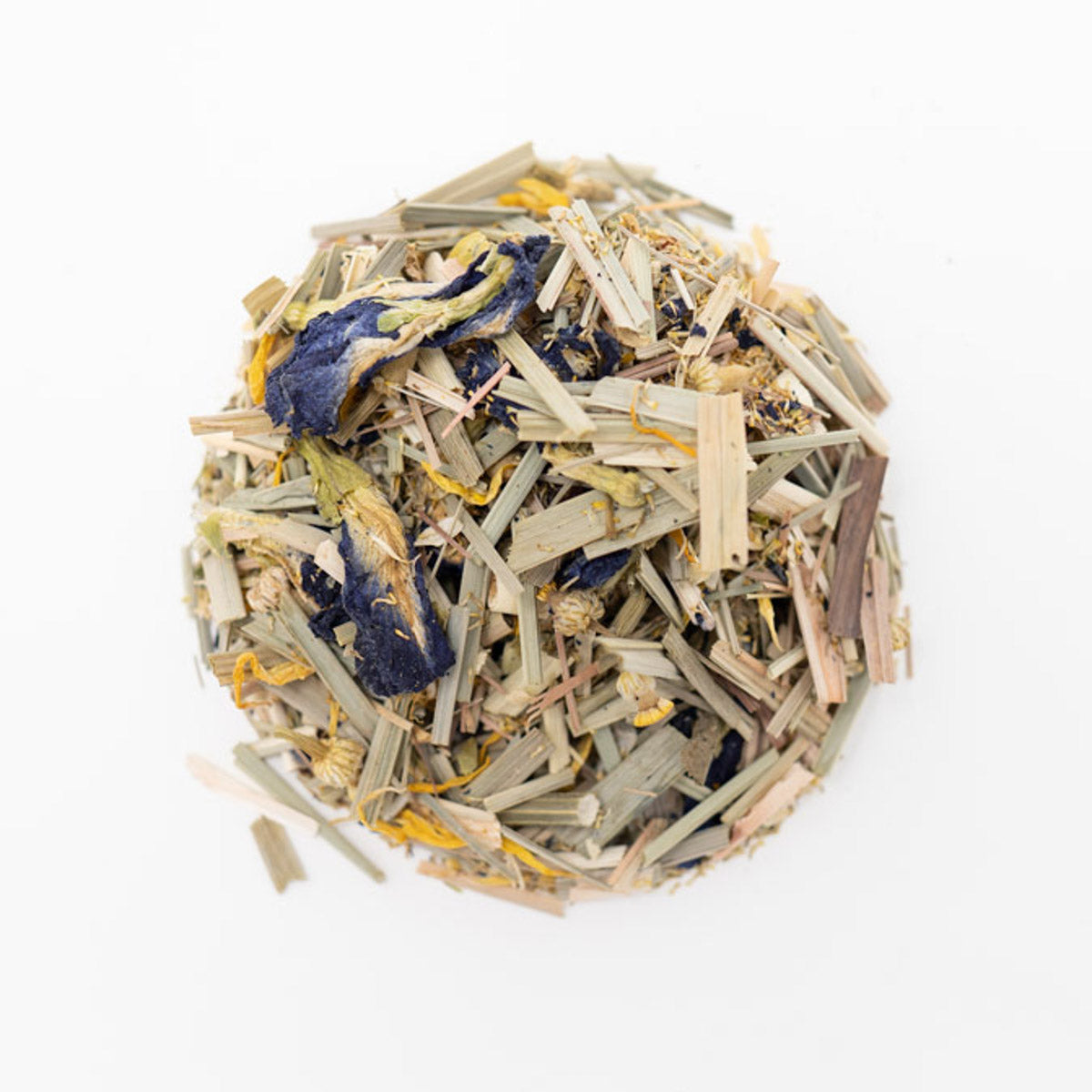The Dead End Road To Eating Local With Tea | Tea Origins Mystery Revealed
In modern-day America, consumers are again becoming interested in the idea of ‘eating local,’ and there is an increasing demand to know exactly where their food and beverages are coming from. While this 21st-century concept certainly has its benefits, the very idea of buying locally-grown food is met right away with at least one specific problem: Tea. North America has an extremely limited capacity to grow the tea plant (Camellia sinensis) due to cool temperatures and lower humidity. In fact, there is only one tea farm in the entire United States!
So, if buying tea locally is a dead end, the next logical step for the savvy consumer would be to at least know where their tea is coming from. The answer to the question “where does my tea come from?” is broad in scope, intricate, and interesting.
If one were to ask the average citizen the question where they believe tea comes from, I believe the majority of people would answer with one simple word: “China.” This answer, while a bit over-simplistic, is valid and a very good guess! All tea origin stories point to China as the birthplace of tea, and tea has been consumed as a beverage in China for thousands of years. In modern times, China is still a huge consumer and producer of all types of tea. China grows over 2 million metric tons of tea each year. They produce 30% of the world’s tea and export 20% of all tea throughout the world. The discrepancy in these 2 numbers (Production vs. Export) points to the enduring popularity and esteem of tea within China- The Chinese population consumes most of their tea leaves themselves, keeping the best and most unique types of tea within their borders. Teas can fetch up to $1000 for 500 grams of tea (just over 17 oz) in China, a cost that is both shocking, and intriguing, considering this tea would never be available to anyone living outside the country.
While citing China as a source of most tea is a safe guess, it is far from the only answer. India, Kenya, Sri Lanka, and Turkey round out the top 5 list of tea producers. Of the top 20 tea producers, 12 countries are found in Asia, 7 from Africa, with 1 entry from South America (Argentina). In fact, China has had to make a few adjustments to their tea production traditions in order to hold on to their share of the market, including being willing to try ‘new’ methods of cultivation and farming in addition to their centuries-old traditions. China has even seen an increase in tea imports as new types of tea (Herbal tea, Rooibos, Purple Tea, and Fruit Tisanes) pique the interest of Chinese citizens and their demand for all things “Western.”
Tea might not be an American crop, and while we might never be able to embrace the ‘farm to teacup’ movement with this particular beverage, knowing where our tea comes from can provide us with many benefits. From a connection to ancient methods to a better understanding of workers and businesses around the globe, knowledge about the origin of the tea we drink can help protect and promote the beverage we love.
